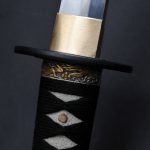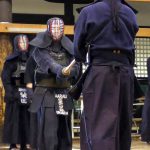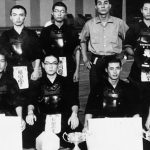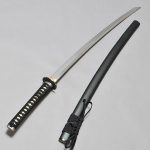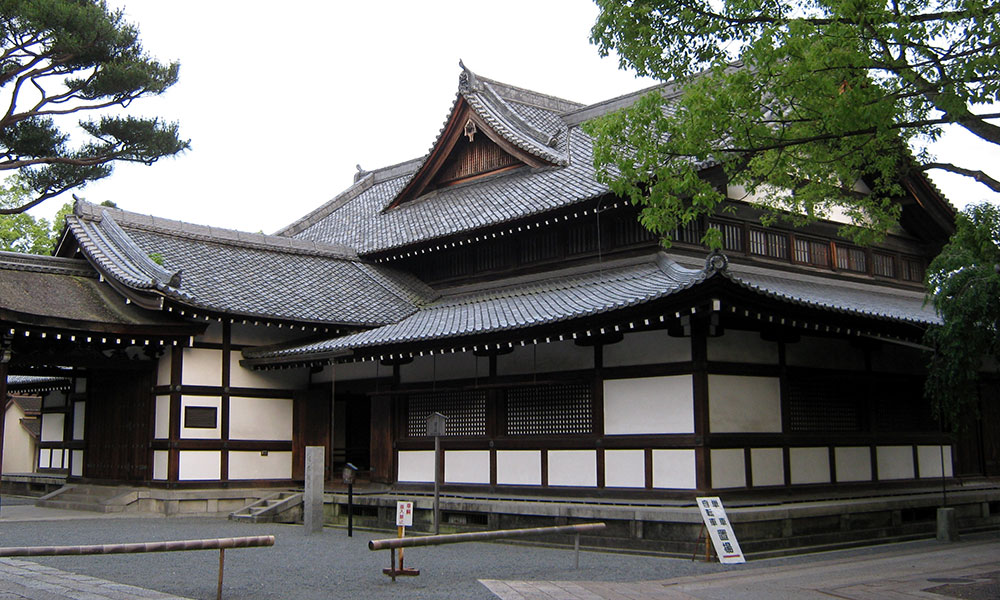
Sekiya Takehisa (Aichi)
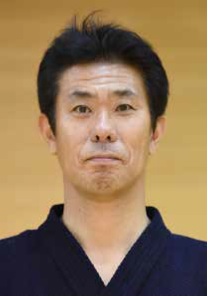
“I Practiced so that I was prepared to be struck – prepared to throw myself away for that one opportunity.”
The first thing is patience. In my first shinsa I had no patience and struck when there was no opportunity. I would either miss the datotsu-bui (strike point), or I would have a kaeshi-waza done against my strike. This is something I have reflected on. This time I performed spirited seme, stayed patient until an opportunity arose, and then when the opportunity did arise, I focused on performing waza.
The next thing is fully committing to and performing waza. When performing the waza, it should be done from the issoku-itto maai. You should slightly press on the opponent’s kensen, or perhaps slightly lower your own kensen. Then, focus on creating tame, and after completing the pre-strike tasks – strike with your ki-ken-tai ichi (spirit, sword, and body as one) while maintaining your posture.
In the short period of time allotted for a shinsa, striking an opponent is a difficult task. Strike at the right moment, and even if the strike does not land, have confidence and fully commit to the strike. I struck confidently while telling myself this during the shinsa. That, and I was conscious of overtaking the opponent and moving beyond them after the strike.
Moreover, is the taking the initiative and striking men as the shodachi. I think it is important in a shinsa to perform a waza that you feel you are skilled with. I was constantly focusing on taking the initiative and striking men as the shodachi. When it came time for the actual shinsa, I think I was able to perform this shodachi men strike without fear.
Though I can’t be sure of its effectiveness, when I would have practice, I would have kakari-geiko with 8th dan sensei or my senior sensei. I practiced so that I was prepared to be struck – prepared to throw myself away for that one opportunity. I had the feeling that this brought more momentum out of my waza. Also, because the shinsa time is two minutes, I practiced actually doing two-minute tachi-ai keiko. This was I was able to truly think about the actual shinsa for myself (Image training).
When it comes to the use of video, within the two minutes of a tachi-ai, I was able to check and reflect upon my kamae, my posture, my method of seme, if I was striking at good opportunities, if I had momentum, and if my zanshin left my posture and spirit prepared for the next attack. Because using video made me aware of things I otherwise would not have known, it became very advantageous to me.
 | Did you like what you've just read? Check this out. |




